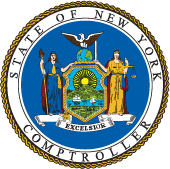Information Technology Governance Security Self-Assessment Form
The Security Self- Assessment is intended to help personnel responsible for the day-to-day management of IT operations exercise effective IT operation oversight. The Self-Assessment addresses key areas of IT internal controls such as policy, training, access and contingency planning.
